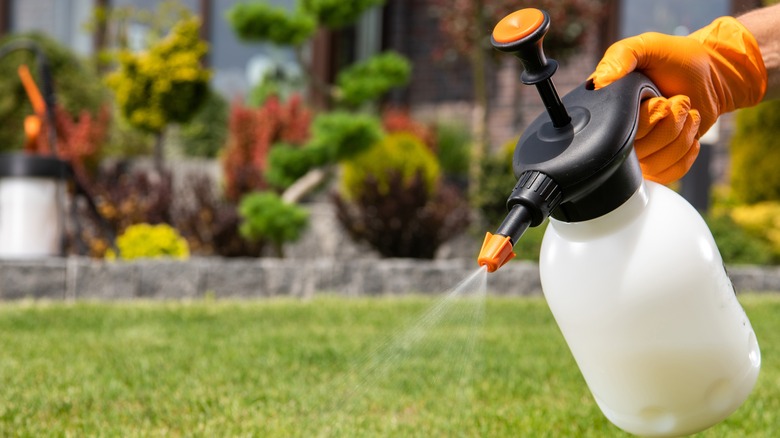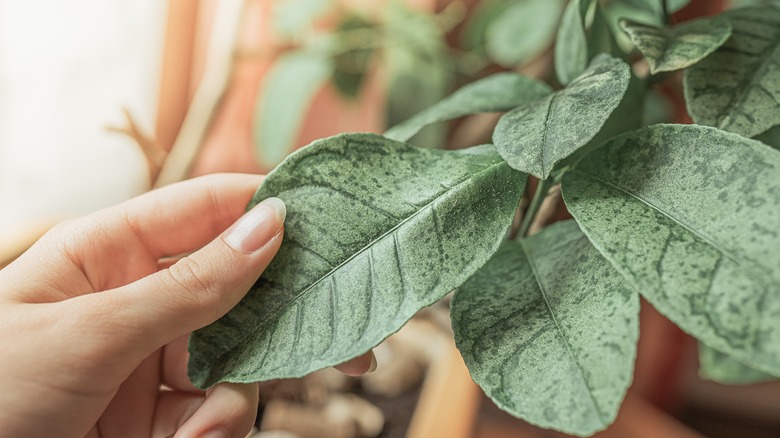The Unexpected Substance That Can Save Your Plants From Pesky Mites
Mites are microscopic arachnids that can wreak havoc in gardens and on houseplants due to their rapid reproduction and voracious appetite for plant tissues. In warm and dry conditions, they can rapidly multiply, leading to weakened plants, stunted growth, and even death. Their havoc is detrimental as they puncture plant cells to feed on sap, causing leaves to turn yellow, wither, and eventually fall off. Additionally, mites can transmit harmful plant diseases, further compromising your garden's health.
Using pesticides is often a crucial step to control mite infestations. Pesticides designed specifically for mites can target and eliminate these pests, helping to protect your plant's wellbeing and prevent further damage. Monitoring your garden plants for early signs of infestations is important for timely intervention. While the use of pesticides can sometimes raise concerns about environmental impact, one unexpected substance you probably haven't considered to mitigate mite infestations is sulfur. Sulfur dust is actually a natural pesticide and fungicide that can ward off not only mites but also fleas, chiggers, ticks, and mildew. The best part about using sulfur as a pesticide is that it won't disrupt your plants' ecosystem as it is nontoxic to pollinators like birds and bees. There are even several ways to apply it to your garden to combat pests.
How to apply sulfur safely to your plants
One way to use sulfur as a pesticide is in a spray form. Select a sulfur-based powder product labeled for garden use. Fill a plastic spray bottle with the designated amount of water, following the product's instructions for dilution rates. Gradually add the powdered sulfur to the water, stirring the mixture continuously to dissolve the powder. Wear protective clothing, gloves, and goggles while handling sulfur as it can irritate the skin and eyes. Once ready, spray it evenly onto the plants, focusing on the foliage, stems, and other susceptible areas. Begin spraying in the early morning or late afternoon to minimize stress on the plants.
Another way to apply sulfur as a pesticide is to create a paste. For a paste application, start by selecting a wettable sulfur product suitable for garden use. In a container, mix the required amount of sulfur with a small amount of water to form a thick paste. Stir the mixture thoroughly until you achieve a consistent and lump-free texture. Protective gear should also be used for this method. Once the paste is ready, apply it to your plants using a paintbrush. Gently and evenly paint the paste onto the foliage, stems, and affected areas of the plants. Ensure complete coverage while avoiding excessive application that could lead to foliage damage. This method is particularly useful for localized infestations or smaller plants. Allow the paste to dry before exposing the plants to rain or irrigation.
Why using sulfur works
In the United States, sulfur has been a common ingredient in many pesticides for over 100 years, beginning in 1920. Sulfur is an effective pesticide against mites due to its ability to disrupt their development. When sulfur is consumed by mites, it interferes with their respiration and metabolism, ultimately leading to their death. Sulfur compounds, such as elemental sulfur or sulfur-based fungicides, target mites by affecting their ability to feed and reproduce. At the same time, sulfur will kill fungi infecting your plants on contact.
Beyond its use as a pesticide, sulfur also benefits plants as a natural fertilizer. When sulfur is applied to the soil or foliage, it plays a role in the formation of amino acids and proteins, essential components for plant growth and development. Sulfur is a vital element in chlorophyll production, aiding in photosynthesis and promoting healthy leaf and stem development. Additionally, sulfur contributes to the production of vitamins and enzymes within plants, which are necessary for healthy plant development. Thus, using sulfur in your garden or on your indoor plants is a great way to both ward off unwanted pests and to fertilize your plants at the same time.


